Surfacing Industry Meets the Challenge
When I started putting together a surfacing issue for a magazine, I didn’t realize my research would uncover the emotions I found concerning playground surfacing. I have a strong background in playground surfacing and thought that bringing this issue to our readers would be relatively easy. But as I talked to people, I began to realize that surfacing is a hot, debatable issue.
I had play advocates criticizing the loss of sand as an acceptable surface. I found many who promote the ADA criticizing the lack of understanding and commitment to accessibility. I spoke with safety leaders wondering how you make an accessible surface resilient, yet soft enough to prevent injury. I spoke with playground owners scrambling to understand the wide range of surfacing choices and an even wider range of budgets for these materials.
Clearly, surfacing for playgrounds is an issue that requires a good deal of understanding before you spend thousands of dollars. One must understand the many aspects of surfacing to make intelligent surfacing decisions. Does your surfacing offer play value? Is it safe? Is it accessible? Does it look attractive? Is it durable?
Playground surfacing is probably the most talked about and written-about subject in the playground industry. Everyone knows that 70 percent of all accidents are from falls to the surface. Everyone knows that a soft landing is best for playground users. Everyone knows that playgrounds are considered public structures and must be accessible to those with disabilities.
What you may not have known is that you have many options when looking for playground surfacing, from the traditional sand and gravel (asphalt and grass may be traditional but they do not count as surfacing) to EPDM and PVC. Today we have a great variety of playground surfacing products to fill all of our surfacing needs.
The surfacing industry met the challenge issued by the U.S. Consumer Product Safety Commission when the CPSC published the Handbook for Public Playground Safety in 1981. The terms impact attenuation, head injury criteria, and fall height wove their way into our design, manufacturing, and installation. CPSC studies found that surfaces like sand and pea gravel, if the proper type and size and if well maintained provided a certain amount of cushion for a fall. Wood chips became popular with crushed wood or engineered wood fiber leaping to the front of the pile, as CPSC testing data revealed high marks with wood surfacing for impact attenuation and head injury criteria.
Playground sales companies and playground surfacing companies were responding well to the guidelines and helping the general public to be more aware of the need for safety surfacing when the ADA access board suddenly threw accessibility into the mix. Because playgrounds are indeed public structures, they must be accessible to persons with disabilities.
The ADA calls for a stable, non-slip surface so wheelchairs and crutches may maneuver easily—in other words a surface hard enough for wheelchair use. For manufacturers, this was a real catch twenty-two; soft and resilient, yet hard and stable. Playground surfacing became more complex, and for a time, this created some confusion about surfacing. One thing was certain: sand and pea gravel were out as an accessible surface.
Around this time, rubber products emerged as the product that could indeed be soft yet firm. The industry responded with a dramatic increase in the use of compressed rubber tiles and other rubber products. Loose-fill rubber products such as shredded tires and tire buffings that look like wood chips also appeared. Pour-in-place rubber (rubber granules mixed with a liquid binder) then became fashionable as the product that could perform to testing standards for impact attenuation as well as maneuverability tests for wheelchairs.
Today, wood fiber and rubber remain the dominant choices for safety surfaces under and around playground equipment. New products have been developed such as playground ramps, and borders that allow for height adjustments with the fluctuating levels of loose fill products. There has even been recent talk of “skin” or covers for wood surfacing products and loose-fill rubber products.
In unitary technology, product developers are constantly testing new products with the intention of making a cost-competitive, yet soft and durable product.
Experimentation with flexible vinyl, carpet, and PVC on top of rubber is giving way to new products called “two-layer systems”. These claim to have great resiliency and accessibility with increased durability over other rubber systems. Rest assured, with over one hundred surfacing companies in the nation, there are many options when choosing a playground surface.
If you are serious about selecting the surface that best suits your users, you will want to determine how the following will affect your playground equipment, playground users, surrounding property, and risk management.
Drainage—All playground surfaces must remain free of standing water. Water will rot material, weaken binders, cause mold and growth, smell bad, carry disease, and could contribute to safety hazards (slipping).
Weather—Some geographic areas get extreme temperatures like 40 degrees below zero. Other areas have days that are 120 degrees or above. If you have dramatic temperature changes in your area, select a product that will withstand these kinds of temperature extremes.
High Traffic Areas—Exits of slides, tunnels, climbers, under swings, and routes of travel will need beefed up or maintained with an organized maintenance program. These areas lose their shock-absorbing properties when the material wears out or gets displaced.
Theft—Be aware that people who like your surfacing may think of ideas where it may look nice on their own property.
Flammable—Both wood and rubber will burn. Wood needs an accelerant to catch fire and only burns down an inch or two. Playgrounds can burn and melt into piles of plastic and aluminum if your loose-fill rubber catches fire.
Displacement—Loose fill materials will displace. You must have a scheduled maintenance program to keep your surfacing at the proper depth.
Animal feces, insects and mold— Loose fill material will hide and promote these pests and problems if not properly installed and maintained.
Trash and weeds—Daily maintenance is not to often.
Blown, Thrown, Tracked—Loose fill materials will disappear over time due to being blown or thrown and tracked out of the area by children. Plan on replenishing loose fill materials periodically.
Maintenance—Some manufacturers may claim that their surfacing is maintenance-free. Do not believe it. All products require a scheduled inspection and some type of maintenance. Mother nature, children, vandals, and father time are working hard to test your surfacing. Thousands of kid hours will and do wear down the surface. If you do not have a maintenance program in place, then get a hold of your manufacturer or the National Playground Safety Institute, (NPSI) and start your program today. Surfacing is like an automobile, those that get regular and proper maintenance perform better and last longer.
More Surfacing Tips
Here are a couple more surfacing tips:
- Do not install loose fill materials over an existing surfacing such as asphalt or concrete. Sand and gravel loose fill surfacing need to be “fluffed up” that is, loosened from being compacted.
- When researching playground surfacing there are several considerations to be made:
- Fall height testing—Be sure your product has been tested for impact attenuation and head injury criteria and that its tested fall height is within the fall height of the equipment you select.
- Accessibility Testing—Check with the manufacturer of your product to ensure that it has been tested for wheelchair maneuverability.
- Warranty—Be sure your product purchase comes with a manufacturer's written warranty
- Installation—Be aware of on-site requirements required for the surfacing you select
- Maintenance—Retain written instructions from the manufacturer on how to properly care for your surfacing
- Insurance—Acquire and retain an insurance certificate from your surfacing product manufacturer.
- Cost—Be sure to factor in all the variables including long-term costs when making a decision on which surfacing to put under your playground
- Aesthetics—Make certain the product you select compliments your playground design so the two will work and look good together.

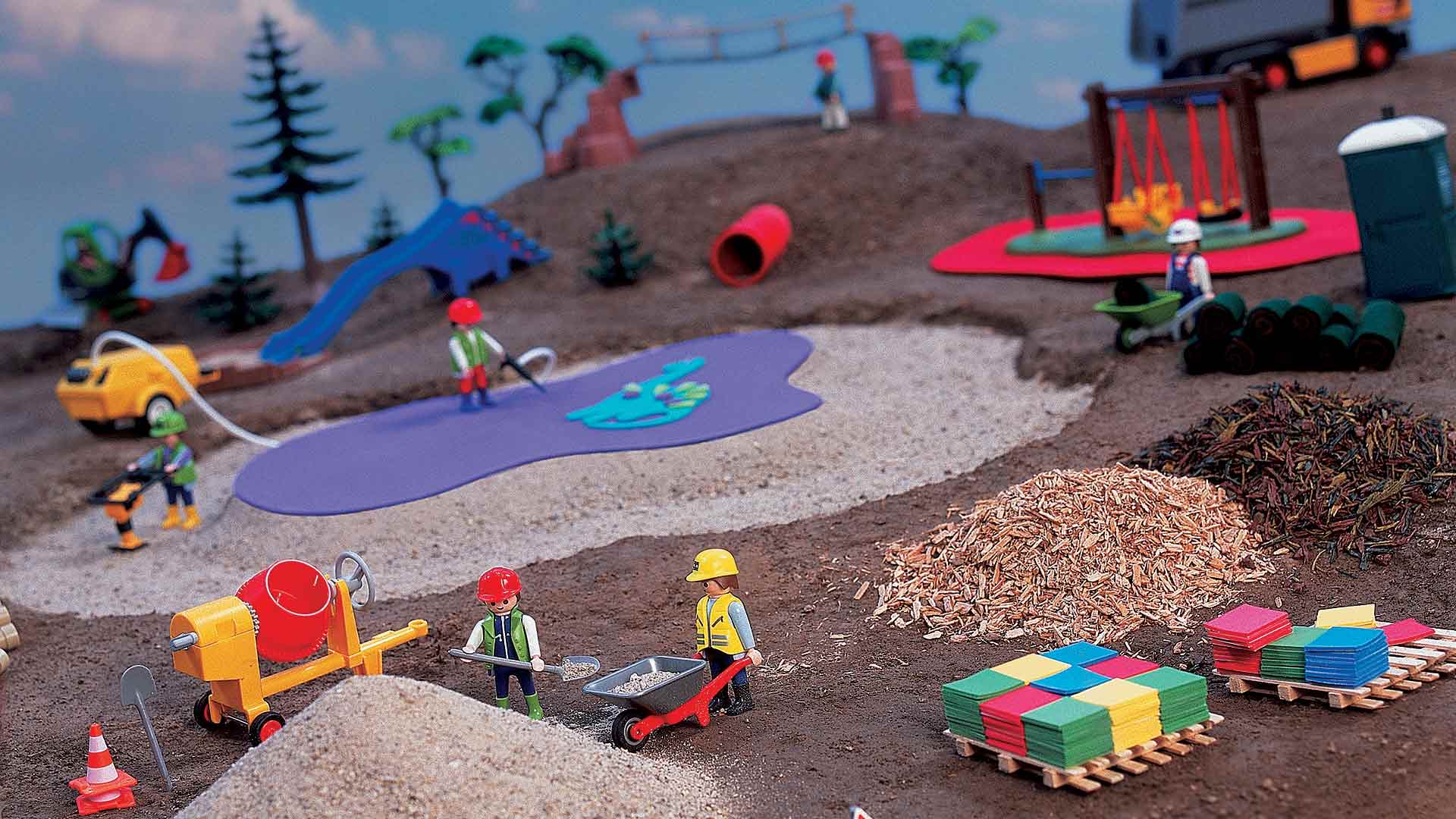

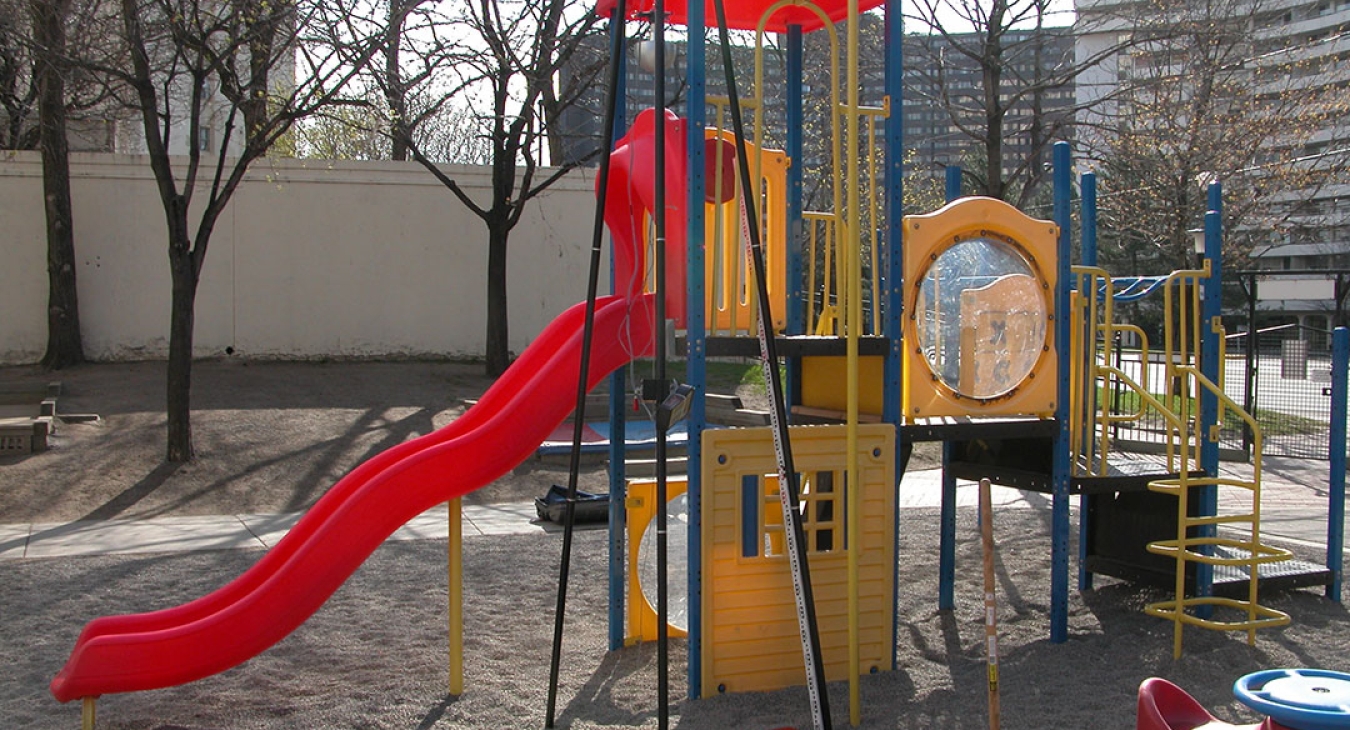

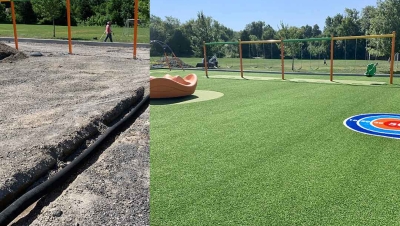
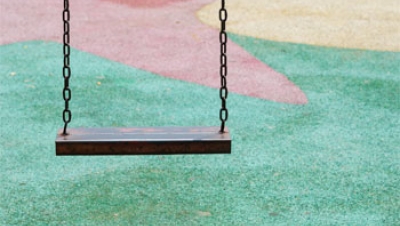


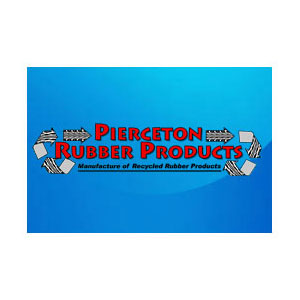

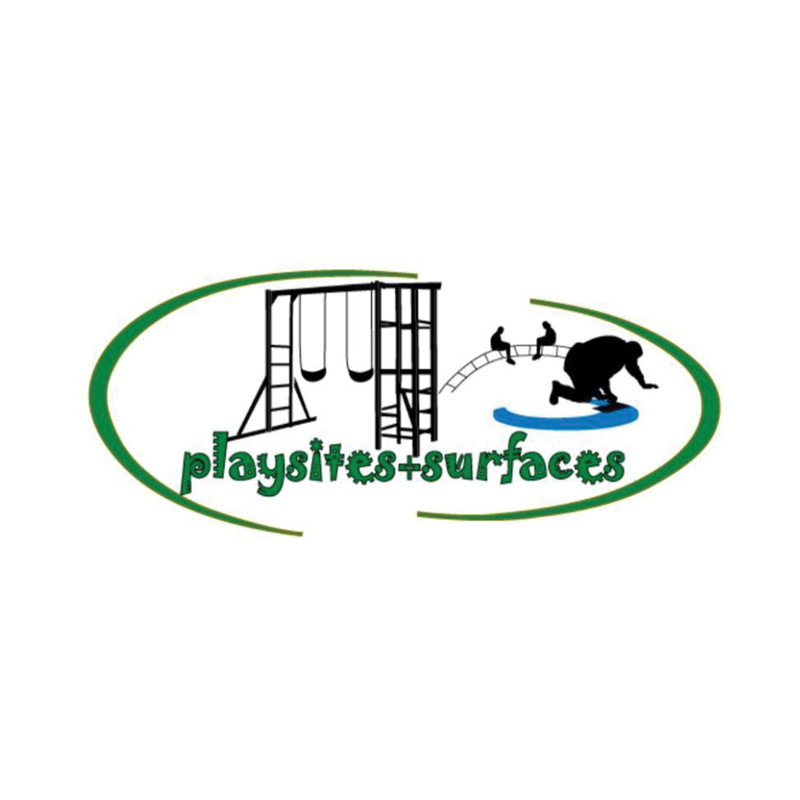
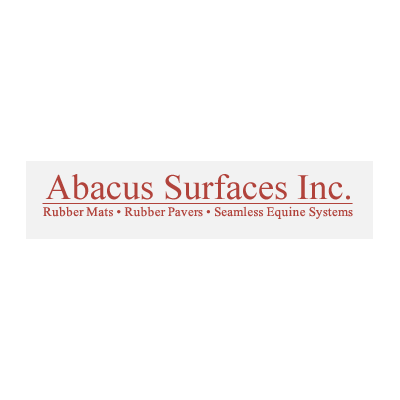


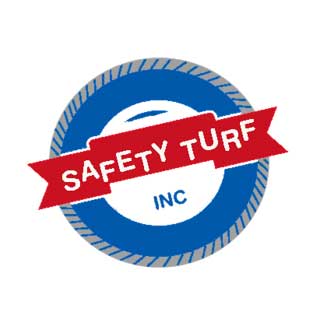
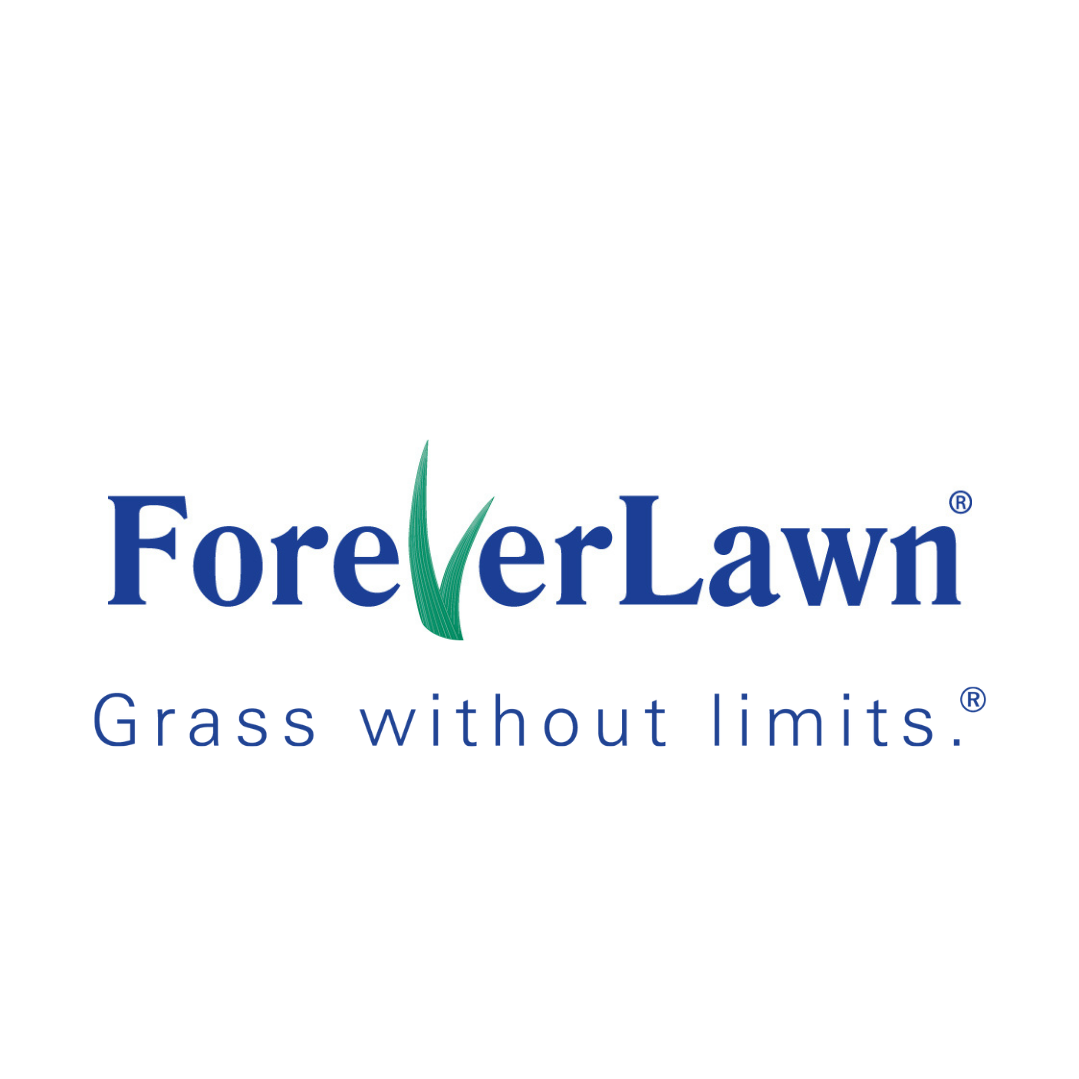
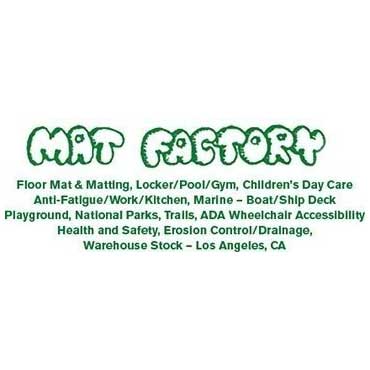
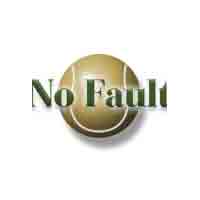

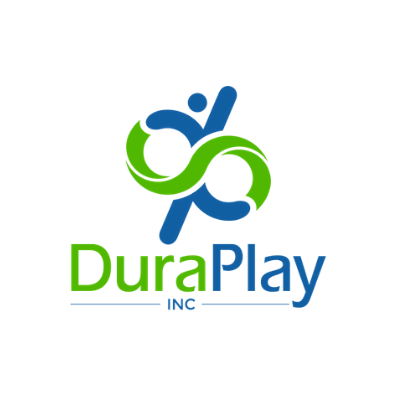
Add new comment